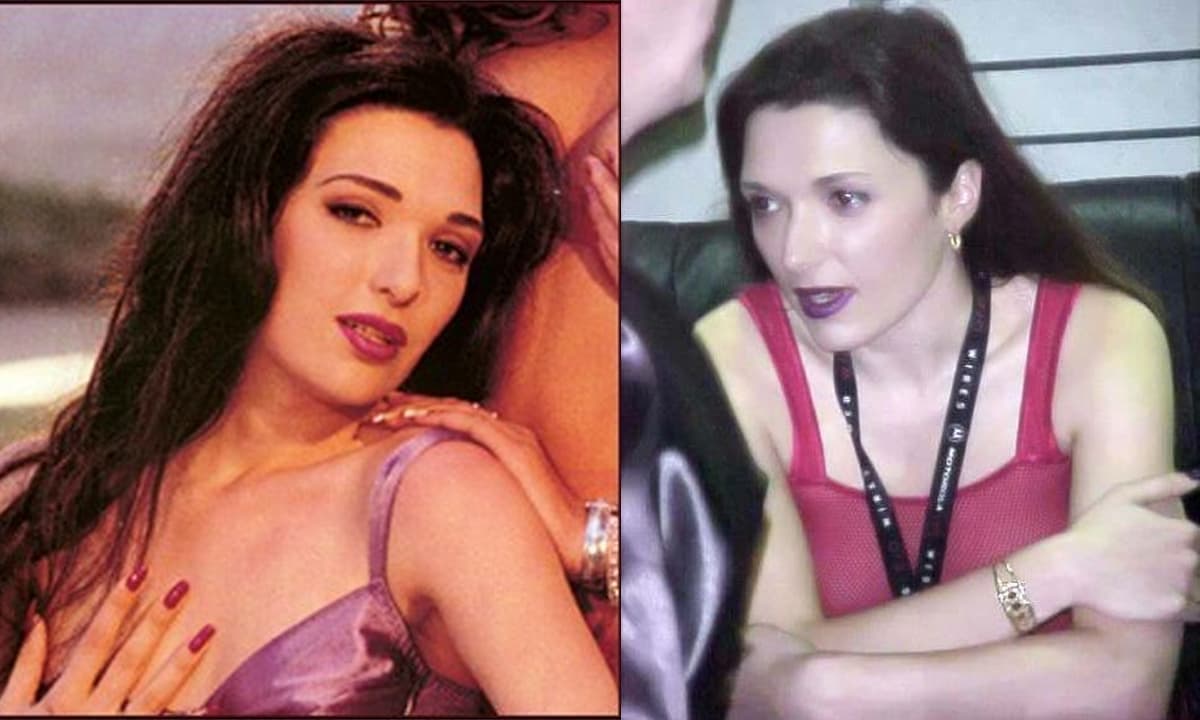New Study Supports Striking Theory That Earth Resides in a Massive Cosmic Void

Images of the cosmos, such as the James Webb Space Telescope’s deep space snapshot, make space look chock-full of stuff. In the grand scheme of things, it is, but all those stars, galaxies, planets, and other celestial objects may not be as uniformly distributed as photos make them look.
The fact is, space is likely peppered with bubbles of relative emptiness, and some astronomers believe we’re sitting inside of one. A growing body of evidence suggests that our entire Milky Way galaxy is located within an enormous cosmic void. Most recently, researchers found that sound waves from the early universe—essentially the sound of the Big Bang—support this idea. This work, led by Indranil Banik, a cosmologist at the University of Portsmouth, proposes a solution for the Hubble tension: one of the biggest mysteries in the universe.
Banik and his colleagues published their findings in the journal Monthly Notices of the Royal Astronomical Society in May. He has been working on the Hubble tension for the past five years. This puzzling cosmological problem stems from two differing values calculated for the Hubble constant, which represents the expansion rate of today’s universe.
“The Hubble tension is a mismatch between the rate at which we expect the universe to be expanding—based on extrapolating observations of the infant universe forward to today, using the standard cosmological model—and the rate at which we actually observe it to be expanding when we look at the nearby universe,” Banik told Gizmodo. It’s really a mismatch between theory and observations.”
Basically, galaxies and stars in the local, more recent universe appear to be moving away faster than the Hubble constant predicts. This defies the standard cosmological model, which describes how the universe grows and evolves. It also throws the age of the universe into question, as astronomers need the Hubble constant to extrapolate how much time has passed since the Big Bang.
Banik believes the local void theory can offer a solution. If our galaxy is located inside a bubble of relatively empty space, gravity would pull nearby matter toward the higher density exterior of the void, he explained in a Royal Astronomical Society statement. As the void empties out, the velocity of objects moving away from us would be larger than if the void were not there, thus giving the appearance of a faster local expansion rate, Banik said.
For this to make sense, our solar system would need to be near the center of a void about two billion light-years wide with a density about 20% lower than the average density of the universe (to be clear, a void isn’t just empty space—it’s a region of the universe with fewer galaxies and less matter than average). This theoretical low-density region has become known as the KBC void.
Multiple studies have supported its existence, including several authored by Banik. Still, the local void theory remains controversial because the void doesn’t fit with the standard model of cosmology, which states that the matter that makes up today’s universe should be more uniformly spread out on such large scales. The KBC void “is too large and too deep for the standard model of cosmology, where the chance of us randomly finding ourselves in such a void is about one in a billion,” Banik told Gizmodo. “So we would need to adjust the model such that structure on scales beyond about one hundred million light-years grows faster than the model predicts.”
His most recent study looked at baryon acoustic oscillations (BAOs). These are a pattern of wrinkles in the density distribution of galaxy clusters spread across the universe. Banik likened them to sound waves from the Big Bang. BAOs provide an independent way to measure the expansion rate of the universe and how fast that rate has changed throughout cosmic history. These “sound waves” act as a sort of standard ruler, and astronomers can use the ruler’s angular size to chart the history of cosmic expansion, according to Banik.
He and his colleagues considered all available BAO measurements over the last 20 years. Their work showed that a local void model is about one hundred million times more likely than a standard cosmological model without a local void.
This is strong evidence to suggest that we are, indeed, living inside a cosmic void, but it isn’t definitive proof. Banik is also working with supernovae data to investigate one of the main pitfalls of the local void theory. “Any kind of local or late-time solution to the Hubble tension implies that in the more distant universe, there wasn’t a Hubble tension,” he explained. “Supernovae data seem to suggest that the Hubble tension actually does persist out to higher redshift.”
If he can find evidence to show that the Hubble tension disappears beyond the local universe, that would be a breakthrough for the local void theory. For now, though, this cosmic conundrum will remain unresolved.









